
Located in Northern Latvia and in the heart of Gauja National Park, the Medieval town of Cesis is one of the oldest in the country.
Boasting a rich history, Cesis has grown to become a solid stop on any Latvian or Baltic trip itinerary, especially due to its most famous sight, the Cesis Castle.
However, the Medieval castle isn’t the only interesting part.
The Old Town was planned around the same time as the castle, during the 13th century, as the position along the Gauja River valley and the trading routes through the major cities in the Baltics allowed Cesis to grow into an important role itself in the following centuries.
Its proximity to the capital also makes it one of the many easy day trips from Riga. If you enjoy spending time in tranquil, small towns, then I recommend spending a couple of days here, allowing you to have more time not only to discover all the things to see and do in Cesis, but in the surroundings as well, deep in the Gauja National Park.
Table of Contents
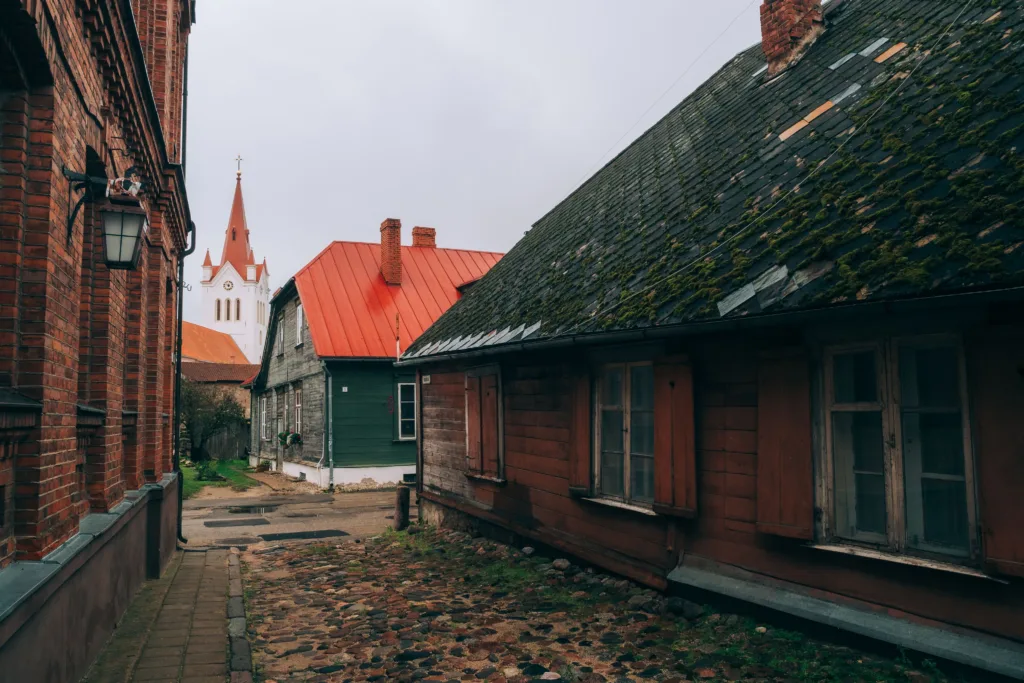
What is Cesis Known For?
Home to almost 15,000 people, the town of Cesis Latvia is mostly known for its Medieval castle, a historical site that served as a strong hilltop fortress for centuries. But we’ll talk about the castle in a moment.
It shows its truest nature over time. As you lean into discovering it, it’s the details and the strong cultural identity that make you fall in love with it.
Every season in Cesis has its characteristics, and with them come some special festivals. The warm summer invites people to showcase their culture and abilities, which happens during the Cesis Art Festival, an event organized with live music, art and photography exhibitions, and many creative workshops.
The Medieval Festival is also an important event, where to town goes back in time to experience a part of life how it was in the Middle Ages, with attractions and workshops hosted by all sorts of Medieval figures over a full weekend.
It isn’t only about what happens inside the (now almost inexistent) town walls, but also about nature. Its position at a focal point in the Gauja National Park makes it a perfect starting point to explore the best that one of the most beautiful National Parks in Latvia has to offer.
Things to See and Do in Cesis Latvia
Relive History at Cesis Castle
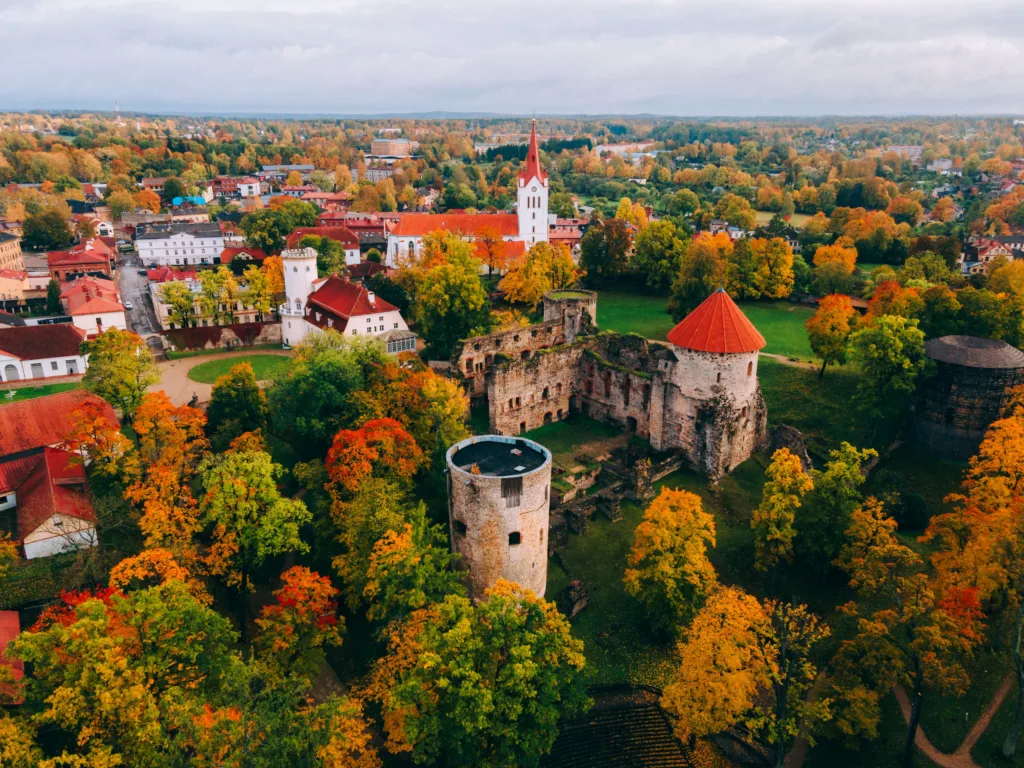
Opening Hours: 10:00 to 17:00
Ticket Price: 5 euros for adults
At the heart of Cesis lies a living testament to centuries gone by—Cesis Castle. This historic marvel, dating back to the 13th century, is a cornerstone of the town’s identity and a gateway to the past. As you step into the castle grounds, you’re stepping into a world where medieval tales come to life.
There’s lots to explore within its walls, both in the interiors and the exteriors of the buildings. The staff gives you wooden candlelit lanterns, essential to visit the interiors, especially the towers, as they are tiny and dark even during the day.
Despite the exterior walls not being in the best shape, the interiors are well-preserved, with interesting rooms coming straight out of the 16th century, such as the Master’s living room in the Western tower. This tower is the one that will give you the best view over Cesis, so don’t miss it.
Cesis Castle History
The history of the castle is a fascinating one, witnessing wars, reconstructions, explosions, and the eventual transition into its current state, serving as a symbol for the town’s tourism industry.
Cesis Castle was built over 800 years ago, at the start of the 13th century, by groups of Livonian Crusaders. Despite it being a simple hilltop fort at the start, it endured several battles.
When the Teutonic Order took the castle over later in the century, they greatly improved the structure, making it a large and secure castle.
For several centuries the castle served as a stronghold and an alternative base for the officials of the Livonian Order, but it was the start of the 16th century when it entered its greatest phase.
The Order’s headquarters were moved to Cesis, and the castle became the official’s residence. At the same time, large expansions were started on the Castle, adopting the layout we see today.
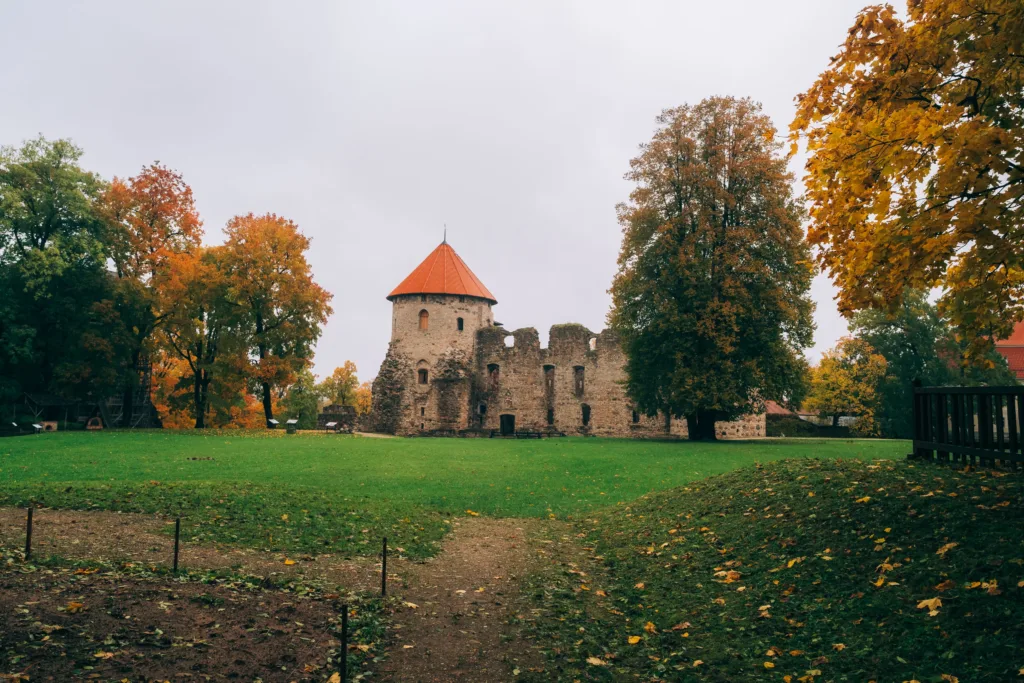
Eventually, the Castle’s time came to an end when the army of Ivan the Terrible passed through it in 1577. After constant bombing for several days, the people inside the castle accepted that they were done, and decided to commit mass suicide and bring part of the Castle with them by using barrels of gunpowder.
Ever since then, Cesis Castle hasn’t had a rebirth as a military outpost.
Nowadays, it’s actually a complex, as a new Castle was built around the grounds of the old one in the 18th century, meant as a residence for the Siever family. It was in 1949 that the new Castle became the permanent building of the History and Art Museum.
As a tourist site, it’s a fantastic relic of the past, inviting visitors to learn more about the history of Cesis and Latvia as a whole.
Stroll the Cesis Old Town
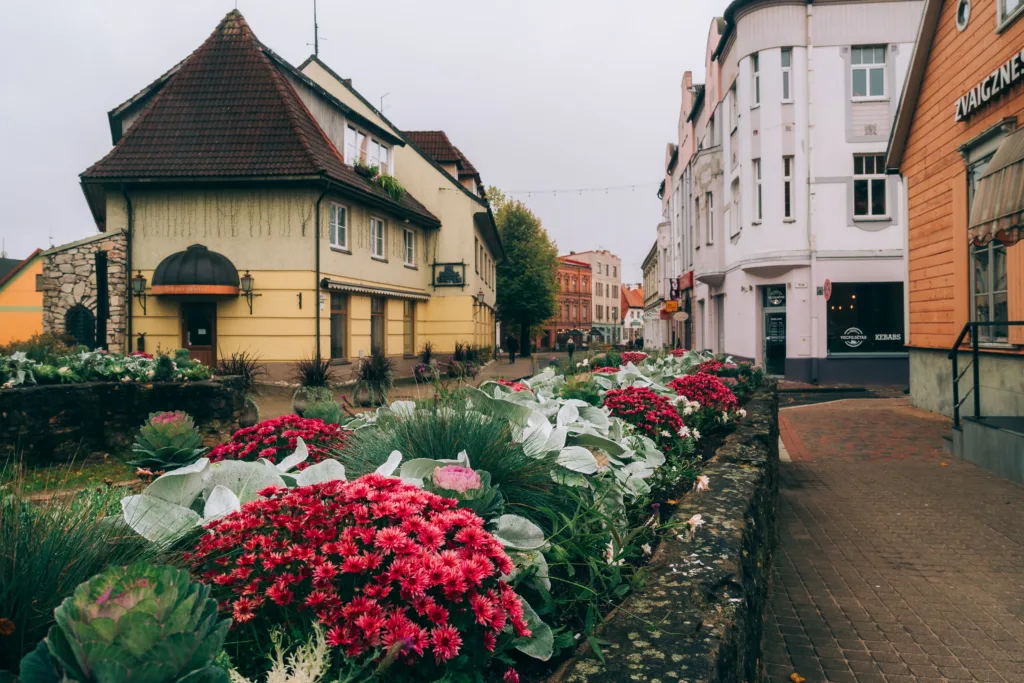
The layout of the Old Town is the same as it was during the Middle Ages, with its narrow and intricate streets forming a tight center spurring from the sides of the Castle.
During the centuries, Medieval Cesis was almost completely destroyed by the wars, and today none of the common buildings of those times remain.
However, history can still be felt throughout the streets of Cesis Old Town, and seen in major buildings such as St. John’s Church.
Get lost in the Old Town, strolling around looking for details and imagining the lost times. After all, it’s easy when you’re surrounded by cobblestone streets and various styles of buildings resembling the historical ones.
Climb Up Saint John’s Church
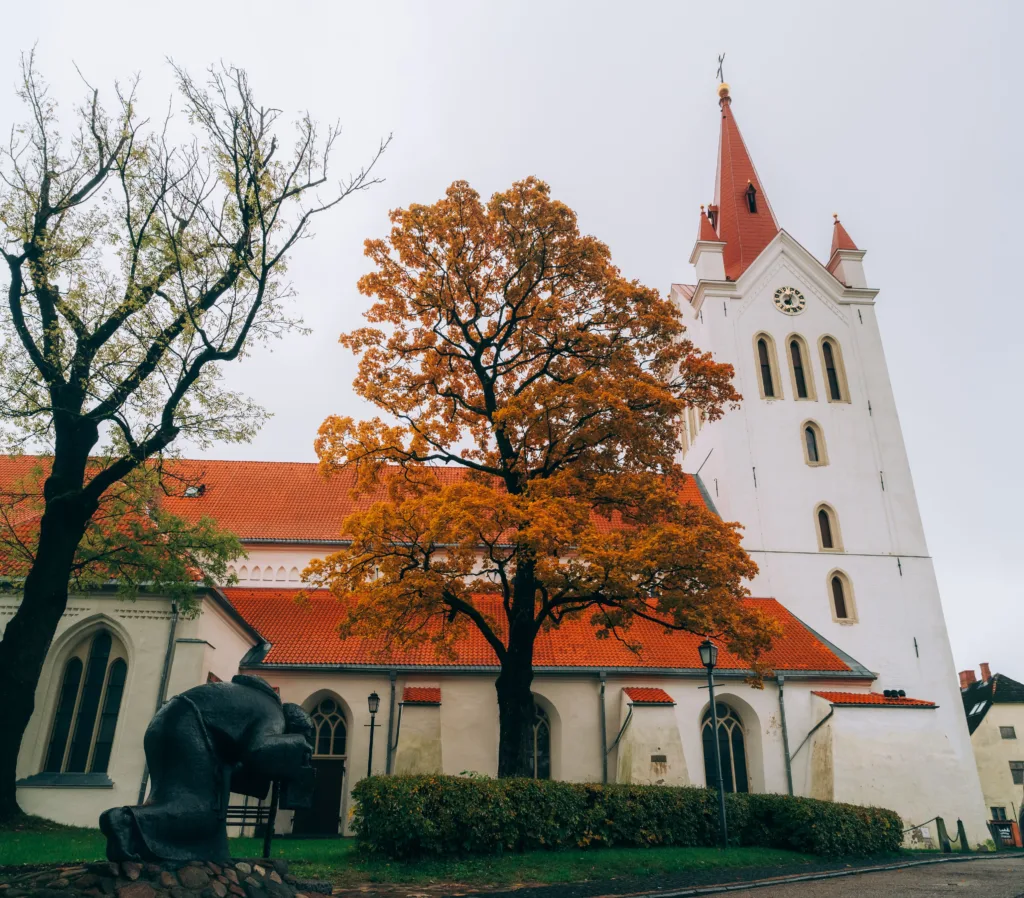
This impressive Church is the largest Medieval basilica in Latvia outside of Riga, and also among the oldest monuments in the country.
Much like the Castle, it was built at the start of the 13th century during the Crusades, which helped Cesis grow into the powerful center it became over the following three centuries.
The bell tower dominates the town from every angle, always making an appearance after every corner. It’s possible to climb it to have an uncontested view for tens of kilometers, which I highly recommend.
The interiors of the St. John’s Church maintained numerous historical artifacts throughout its history, which are now protected and valuable as Latvian heritage.
Learn About Latvia’s Soviet Past at Burning Conscience
Opening Hours: 12:00 to 17:00 – Friday to Sunday
Burning Conscience is a peculiar and detailed museum recalling the history of the occupation in Cesis and the oppression by the KGB.
Located inside an old KGB prison right outside Cesis Castle, the exhibitions take place directly in the cells, immersing you in a dark and eerie atmosphere.
This museum is able to take a vast subject such as the Latvian occupation and frame it in a local way, enabling visitors to learn about the history of Cesis specifically.
If you are interested in learning about once top-secret information, don’t miss Burning Conscience.
Respect Latvian Independence at Victory Monument
On a more positive note, the Victory Monument standing proudly in Cesis’ main square symbolizes Latvian Independence obtained in 1918 and the Battle of Cesis of 1919.
The monument was built in 1924 but was taken down in 1951 under the Soviet Union to make room for a Lenin statue.
For over four decades, the citizens remained without their identity symbol, but in 1998 it was finally rebuilt using dolomite stone donated from Estonia.
Get Information at the Tourist Information Center
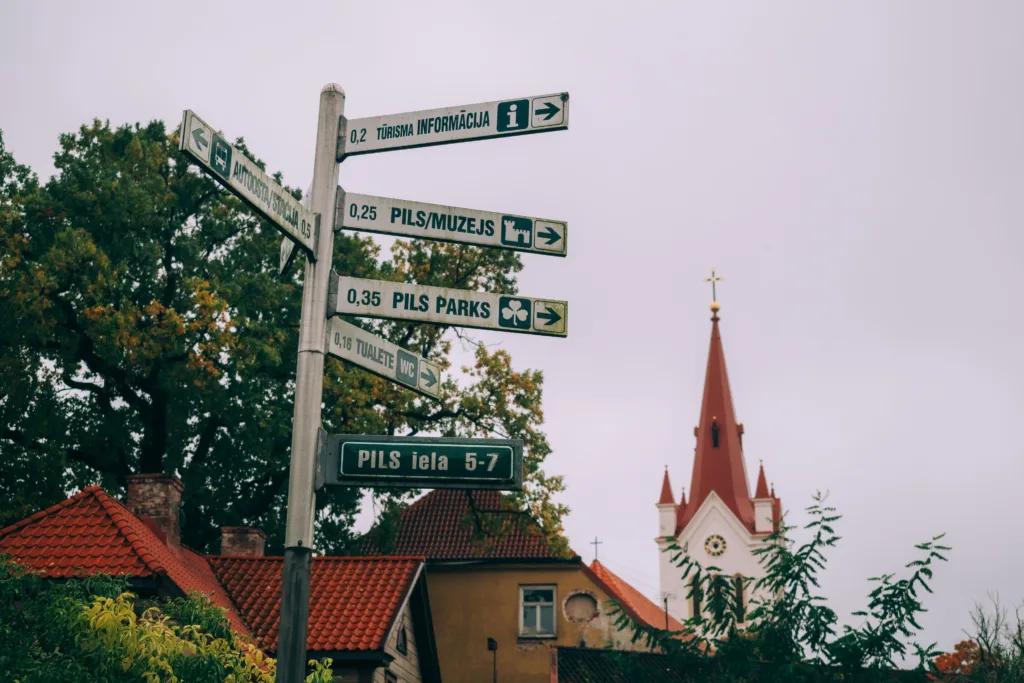
In Latvia, Tourist Information Centers hold some of the most valuable advice for how to spend time in specific areas.
Apart from the top things to do in Cesis I mentioned, others that you can find more details and itineraries for in the Information Center include biking from Cesis to Valmiera and several hikes in the Gauja National Park.
Enjoy Latvian Diverse Nature at Gauja National Park
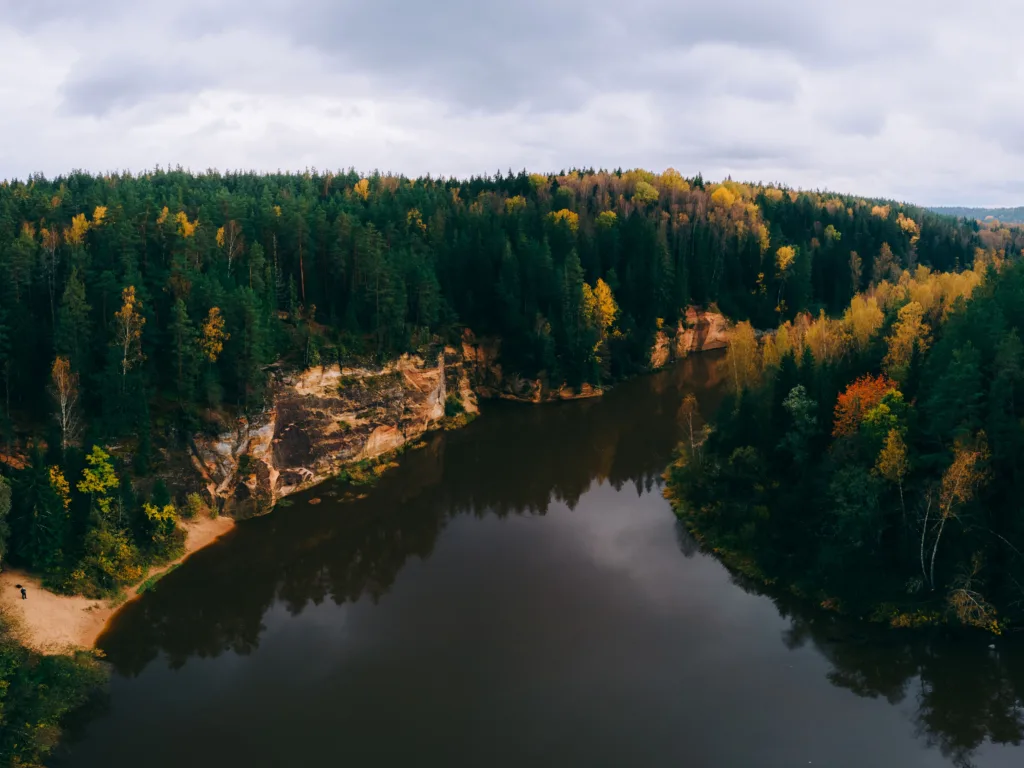
Founded in 1973, Gauja National Park was the first National Park in Latvia, serving as a nature protection, educational, and tourism area.
The protected area of Gauja comprehends every natural environment Latvia has to offer, from forests and grasslands to bogs and lakes.
The most interesting and wonderful part of the Park is the Gauja River Valley, comprehensive of its tributaries. The 460km long river flows in a wide valley here, and the cliffs that surround it come together to form some of the most peculiar and geologically interesting landscapes in the country.
On the banks of the Gauja River, you can find the biggest Devonian sandstone and dolomite cliffs in Latvia, along with some impressive caves.
The best spots to observe these natural relics are the Erglu Cliffs, Zvartes Rock, and Kuku Cliffs, all close to each other and between Cesis and Sigulda.
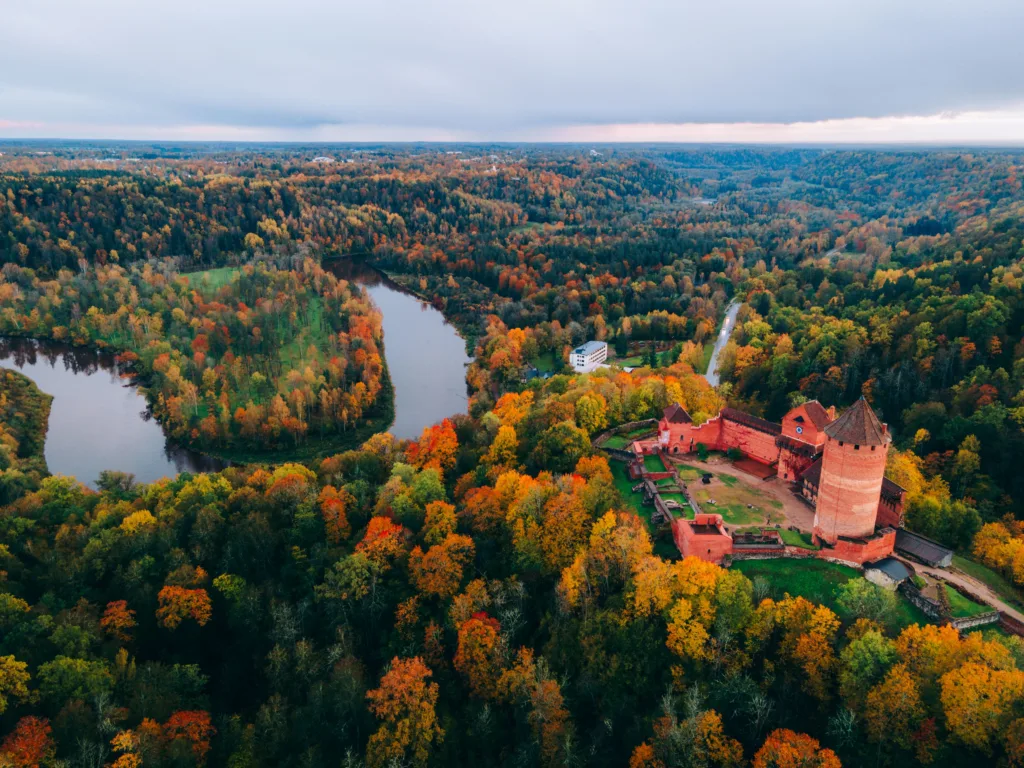
When is the Best Time to Visit Cesis?
Cesis retains its charm all year round.
When I visited it was prime autumn, with the foliage at its best, painting all sorts of colorful art. The town felt therefore quite magical, and having few people around helped me experience Cesis in its truest form.
However, it was cold and gloomy. I did happen to be there on a period that was colder than average, but the clouds will most likely be there most of the time anyway.
If you wish to experience a more vibrant and culturally active version of the town, summer is the choice for you. The temperatures are pleasant and the people are out, with several important festivals filling the weekends.
Winter in Latvia is always a great experience, and Cesis can only be one of the highest expressions of it. The variety of things to do in Cesis allow a complete experience even in the harshest months, and the snow gives everything an ethereal look that you need to admire at least once.
How to Get from Riga to Cesis
There are regular buses and trains going from Riga’s Central Station to Cesis every day.
The bus takes around 2h30 and costs 4.25 euros.
There are about 5 trains per day directed to Cesis from Riga, and you can check the schedule for those and all other trains in Latvia on the official website. The train journey takes 1h30 on average and costs 3.33 euros.
As I previously mentioned, Cesis has a vast array of natural sights around it worth visiting, all included in the Gauja National Park.
However, in order to visit those you’ll need a car, which is a fantastic and surprisingly not too expensive way to travel around Latvia and the Baltics.
Since we’re on the topic, don’t forget to check out my guide on Riga to have the experience in the Latvian capital!

Where to eat in Cesis – Best Restaurants in Cesis
A recently opened bistro located right outside the Old Town, serving a variety of great dishes with rapid service for an affordable price.
Vanadzina is a modern place not only looks wise, but also in its food. They use many traditional ingredients and concepts but compose them with modern-day techniques and attention to detail to create sublime experiences.
For what they offer, their prices are fair, but not the cheapest if you’re looking to simply eat and continue exploring.
This beloved kebab shop is a staple here, as the elegant interiors pair surprisingly well with their superb kebabs and sides.
They have lots of indoor space and takeout is always an option for sunny days. For a quick but satisfying and filling lunch, their prices are good.
Where to stay in Cesis
Affordable
Boutique Hostel Cesis is a quiet and well-equipped hostel right outside the center of the Old Town, a perfect stay if you’re well-versed in this type of accommodation.
The structure has anything a hostel could offer and more, and the price is very good compared to the rest of Latvia.
Mid Range
I mentioned it above in the best restaurant, but Vanadzina is also a Hotel, and a very good one at that!
Their neat and elegant rooms are a fantastic place to unwind after a long day of exploration. Especially when paired with dinner at their restaurant.
High Range
Close to every attraction in the area, Center Orange House offers a full house just for you, or possibly your group.
The house has elements of modern typical Latvian architecture, and its comfortability cannot be overstated. A group of anywhere from 2 to 8 is welcome at Center Orange House